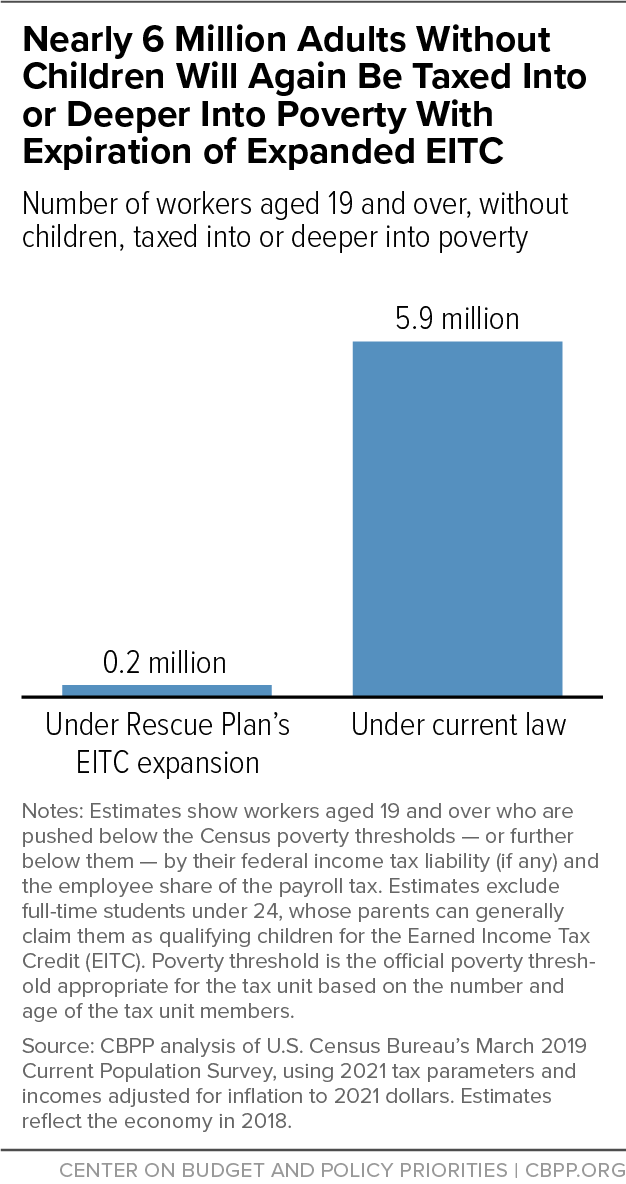A report by UCLA psychologists and RAND economists has identified an effective way to reduce the number of divorces among lower-income Americans: Raise the minimum wage.
The study, which is published in the Journal of Marriage and Family, is the first to analyze the effects of states’ minimum wage increases on the rates of marriage and divorce among low-wage earners.
“When policymakers think about ways of helping disadvantaged families, there has been a general tendency to try teaching them things like better communication or coping skills,” said UCLA psychology professor Benjamin Karney, the study’s lead author. “The assumption that the consequences of income inequality can be managed this way has been proven wrong again and again.
“Luckily, there are other, more direct avenues to improving the lives of disadvantaged families, and one is to pursue policies that improve their lives in concrete ways.”
The study is especially timely. In March, the Republican subcommittee of the Senate Joint Economic Committee published a report expressing members’ continued commitment to communication skills education programs as a way to strengthen marriage among low-income Americans. Over the past two decades, the federal government has allocated nearly $1 billion toward such programs.
But Karney said those initiatives are expensive and have been proven in several large studies to be ineffective.
The UCLA–RAND study shows that when states increased their minimum hourly wage by $1, divorce rates declined by 7% to 15% over the next two years among men and women earning low wages — including but not limited to those earning minimum wage.
The researchers also found that a $1 per hour increase in a state’s minimum wage reduced marriage rates by 3% to 6%. When younger low-wage earners earn more, they often delay marriage, rather than forgo marriage entirely, said co-author Thomas Bradbury, a UCLA psychology professor.
“Raising the minimum wage appears to bring the marital timing of low-wage earners more in line with the timing of more affluent people, who tend to marry at older ages,” he said, adding that later marriages are less likely to end in divorce.
Both changes — lower divorce rates and later marriages — are likely to strengthen low-income families, and the effects that occur after minimum wage increases are substantially larger than the effects of the federal programs on communication and coping skills, the researchers report.
“When the lives of poorer families get easier — that is, when they can be less poor — relationships within the family get easier as well, without anyone needing to be taught anything,” Karney said. “Any policies that address income inequality are likely to have measurable benefits for family stability.”
The researchers analyzed data from 2004 through 2015 from two independent monthly surveys: the Current Population Survey, a primarily telephone-based survey of approximately 60,000 households in populous areas, designed to be representative of the labor force, and the American Community Survey, a primarily mail-based survey of approximately 300,000 households in all geographic areas, designed to be representative of the broader population. The new analysis included only people between the ages of 18 and 35, who make up the majority of minimum wage earners.
Between 2002 and 2015, seven states — Alabama, Georgia, Kansas, North Dakota, Oklahoma, Texas and Wyoming — did not raise their minimum wages, except when required to do so by federal law.
“Financial considerations play a substantial role in whether couples consider their relationships worth maintaining,” Karney said. “Economic stress and financial strain predict less satisfying and less stable marriages, and higher levels of poverty and consumer debt predict a greater risk of divorce.”
Citing previous studies, the paper notes that when poorer people get married, they tend marry earlier and are about twice as likely to divorce.
In the study, the researchers defined low-wage workers as those earning $20 an hour or less. They write that the effects of increasing the minimum wage would be the same even if the definition of low-wage workers were based $16 an hour or less, or on certain tiers of federal poverty level guidelines.
The study’s co-authors are RAND economists Jeffrey Wenger and Melanie Zaber.
JOURNAL
Journal of Marriage and Family
